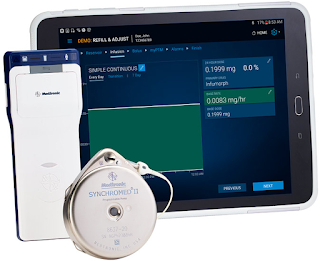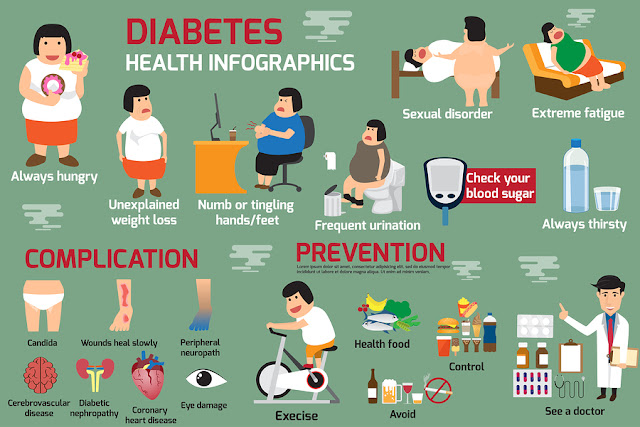What Are the 10 Greatest Inventions of Our Time?
1. The electric furnace (1889) It was “the only means for commercially producing Carborundum (the hardest of all manufactured substances).” The electric furnace also converted aluminum “from a merely precious to very useful metal” (by reducing it’s price 98 percent), and was “radically transforming the steel industry.”
2. The steam turbine, invented by Charles Parsons in 1884 and commercially introduced over the next 10 years. A huge improvement in powering ships, the more far-reaching use of this invention was to drive generators that produced electricity.
3. The gasoline-powered automobile. Many inventors worked toward the goal of a “self-propelled” vehicle in the 19th century. Wyman gave the honor specifically to Gottleib Daimler for his 1889 engine, arguing: “a century's insistent but unsuccessful endeavor to provide a practical self-propelled car proves that the success of any type that once answered requirements would be immediate. Such success did come with the advent of the Daimler motor, and not before.”
4. The moving picture. Entertainment always will be important to people. “The moving picture has transformed the amusements of the multitude.” The technical pioneer he cited was Thomas Edison.
5. The airplane. For “the Realization of an age-long dream” he gave the laurels of success to the Wright brothers, but apart from its military use reserved judgment on the utility of the invention: “It presents the least commercial utility of all the inventions considered.”
6. Wireless Telegraphy. Systems for transmitting information between people have been around for centuries, perhaps millennia. Telegraph signals got a speed boost in the U.S. from Samuel Morse and Alfred Vail. Wireless telegraphy as invented by Guglielmo Marconi, later evolving into radio, set information free from wires.
7. The cyanide process. Sounds toxic, yes? It appears on this list for only one reason: It is used to extract gold from ore. “Gold is the life blood of trade,” and in 1913 it was considered to be the foundation for international commerce and national currencies.
8. The Nikola Tesla induction motor. “This epoch-making invention is mainly responsible for the present large and increasing use of electricity in the industries.” Before people had electricity in their homes, the alternating current–producing motor constructed by Tesla supplied 90 percent of the electricity used by manufacturing.
9. The Linotype machine. The Linotype machine enabled publishers—largely newspapers—to compose text and print it much faster and cheaper. It was an advance as large as the invention of the printing press itself was over the painstaking handwritten scrolls before it. Pretty soon we won’t be using paper for writing and reading, so the history of printing will be forgotten anyway.
10. The electric welding process of Elihu Thomson. In the era of mass production, the electric welding process enabled faster production and construction of better, more intricate machines for that manufacturing process.


Comments
Post a Comment